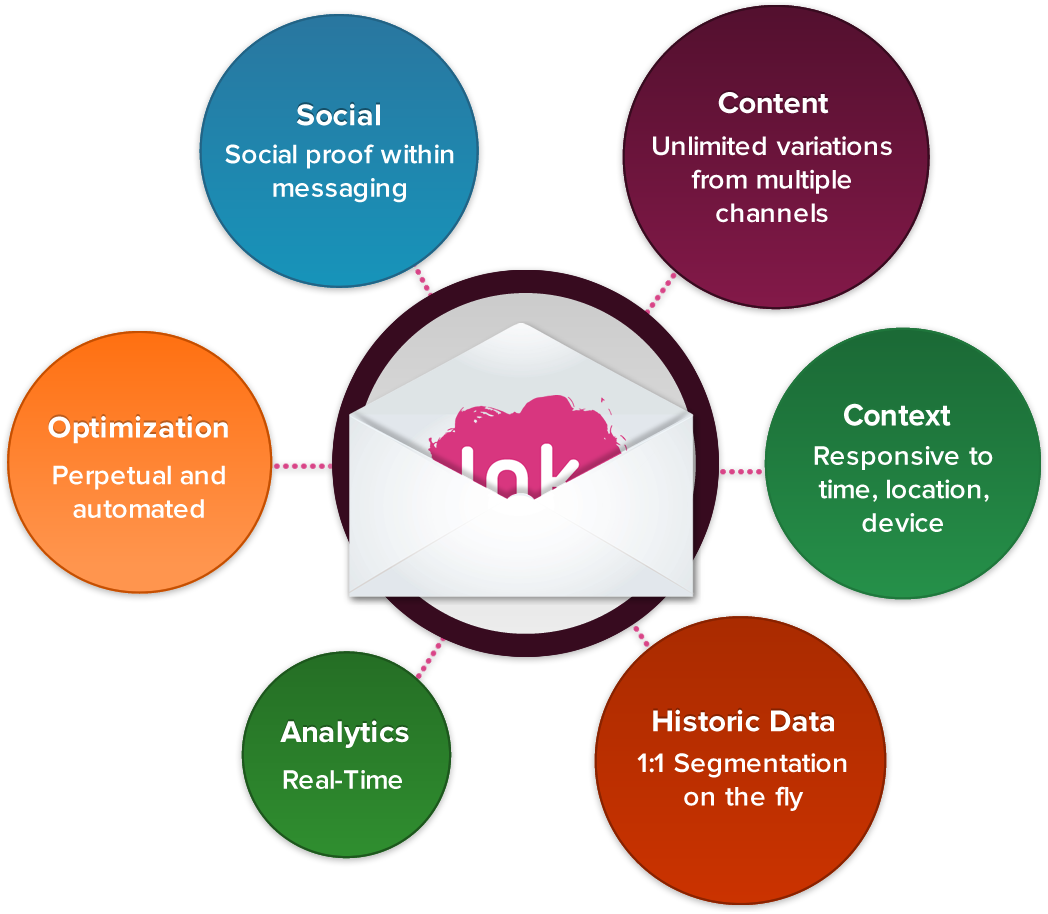If you think that email marketing is dead, think again. With most online businesses making most of their money from their email followers, it’s clear the approach is still quite vital.
First, email has always been one of the main communication channels on the Internet. It was there even before social media was born. So there is still a segment of the market that is more accustomed to communicating that way.
Second, email will always be a personal communication channel. Sure, some may feel that most email they get is spam. But almost everyone has an email account just for the sake of sending messages and files. This is exactly the reason why business owners should not take email marketing for granted.
With this in mind, Small Business Trends has come up with a list of past articles that can help you in this area. Here’s a collection of the best email marketing articles from our archives.
Why Email Marketing Is Small Business’s Best Friend
Recent research shows that email marketing can generate more new customers for your business than social media outlets. To take advantage of this, there are several key ideas to keep in mind when you’re beginning your campaign. This listing shows you what sort of campaigns can best be created via email and how best to generate customer response from your efforts. Here’s why email is so small business friendly.
The Power of Permission in Using Email Marketing
The main power of email marketing is in the power of permission. You won’t see many other mediums that market to customers by asking for their permission first. By asking leads to fill in their names and email addresses, you are asking for their permission to market to them. Once they grant you that permission, they are much more willing to listen to what you have to say.
This article looks at how to gain and keep that trust you’ve established with your customers who’ve signed up to receive your emails. Use the power of permission marketing for yourself.
How to Use Email Marketing to Segment Customers and Generate Loyalty
One of the benefits of email marketing is its ability to segment customers.
By asking customers to sign up for your email list, you have the ability to learn more about their needs and can often separate them into categories based on those needs. As a result, small business owners are in a better position to target customers specifically and create more customized products and services. This generates more customer loyalty. And it makes email marketing an even more indispensable part of the marketing process. Here’s how to segment your customers.
55 Email Marketing Tools For Small Businesses To Use
Email marketing — especially as your list of subscribers grows — is not easy to do alone. And a plain-old email message may not be enough to wow the customers you’ve worked so hard to earn.
Luckily, there are a multitude of tools that allow you to make your email marketing job easier and more effective, and to generate messages that are more attractive. Some of the tools on this list are free or are freemium services. They offer everything from insights into the reach of your emails to templates you can use to make your messages more visually appealing to your subscribers. Here are the email marketing tools businesses should evaluate.
30 Useful Small Business Email Marketing Apps
Here is a list of more apps for creating effective email marketing campaigns. These tools will track who opens your emails, what keywords get them clicking through to your website, and other behaviors of the recipients of your messages.
Many of these apps offer free trial periods for you to get familiar with the products. Some are geared toward small business owners. Here’s the complete list of email marketing apps for you.
24 More Small Business Email Marketing Applications
And if that list is not enough for you, here’s an update to our list from several years later. This list of 24 email marketing applications is a great refresher on where things stand more recently as far as email apps are concerned. Here’s the updated list of email marketing applications.
And if that list is not enough for you, here’s an update to our list from several years later. This list of 24 email marketing applications is a great refresher on where things stand more recently as far as email apps are concerned. Here’s the updated list of email marketing applications.
6 Best Practices for Savvy Email Marketing
Be careful not to spam those who’ve agreed to receive your email updates. That pretty much goes without saying these days. Apart from that tip, this list also covers topics like considering how your readers will receive your email marketing messages and what’s included in the subject line.
These tips may help you retain your current subscribers and gain new ones rather than losing them to “unsubscribe” requests. Here’s our list of email marketing best practices.
10 Tips to Give Your Email Marketing More Curb Appeal
Believe it or not, appearance is just as important in email as it is in traditional marketing. Here are those tips to make your email more appealing.
5 Steps to Successful Email Marketing
If you’re considering starting a new email marketing campaign and you’re a bit of a novice in this area, this is a go-to list to get you on your way. These five steps to successful email marketing should make you more successful too.
Email Tips To Help Close A Deal
If your marketing messages are working properly, a lot of your customers may be ready to make a deal. Closing those deals via email may require a bit more work. But once you’ve mastered how to close deals via email, it could greatly expand your business’ potential. Check out this list of email tips for closing deals.
Source : http://smallbiztrends.com/2014/07/perform-email-marketing.html






